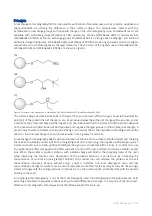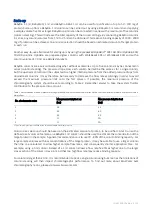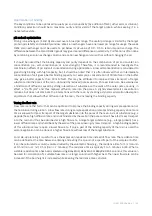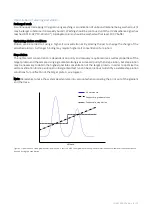
IN 45 100 010 • AA • 3 / 12
Instructions
Purification can be carried out at room temperature or at temperatures down to 4°C. Operation at a low
temperature may require a reduced flow rate due to the increased viscosity of the buffer. All steps can be
carried out with a syringe, a peristaltic pump or a chromatography system. If the chromatography system has
a pressure limit functionality, set the maximum pressure over the column (resin bed) to 3 bar (remember to
take the system fluidics contribution to the pressure into account).
1. Prepare the sample
After cell disruption or extraction, clarify the sample by centrifugation at 10 000 - 20 000 ×
g
for 15 - 30 minutes.
It is generally recommended to pass the sample through a 0.22 - 0.45 µm filter (e.g. a syringe filter) to avoid
inadvertently applying any remaining particles onto the column. If the sample contains only small amounts of
particles, centrifugation may be omitted and it is enough only to carry out filtration. Application of a sample
that has not been properly clarified may reduce the performance and lifetime of the column. The sample should
be applied under conditions similar to those of the binding buffer.
2. Connect the column
Cut off or twist off the end at the outlet of the column, see Figure 2. Note: It is of high importance to cut off the
tip at the very end of the cone, preferable using a scalpel. Incorrect removal of the end piece will affect the
performance of the column.
Connect the column to your equipment using the recommended connectors shown in Table 1. Fill the
equipment with deionized water or buffer and make drop-to-drop connection with the column to avoid getting
air into the column. Carry out all steps, except for sample application, at 1 ml/min (BabyBio 1 ml column) or 5
ml/min (BabyBio 5 ml column).
Figure 2. Removal of the cut-off end at the column outlet should be done by cutting or by twisting (A) not bending (B).
Table 1. Recommended connectors for coupling BabyBio columns to the equipment of choice.
Equipment
Accessories for connection
Syringe
Female luer or male coned 10-32 threads
Chromatography system
Fingertight connectors (coned 10-32 threads) for 1/16” o.d. tubing






























